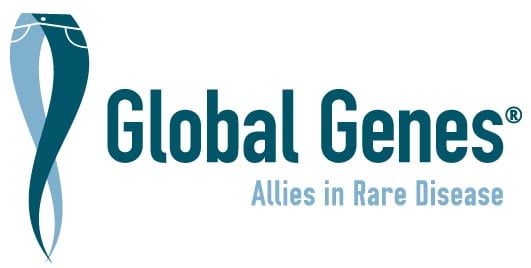Amyotrophic lateral sclerosis
Synonyms: ALS | Charcot disease | Lou Gehrig disease
A neurodegenerative disease characterized by progressive muscular paralysis reflecting degeneration of motor neurons in the primary motor cortex corticospinal tracts brainstem and spinal cord.
Data from Orphanet are used to provide information on a disease's name, synonym(s), and overview.
Reference: Access aggregated data from Orphanet at Orphadata.
Orphadata: Free access data from Orphanet. © INSERM 1999. Available on http://www.orphadata.org. Data version May 2024
Newly diagnosed with
Amyotrophic lateral sclerosis?
Our RARE Concierge Services Guides are available to assist you by providing information, resources and connections as you navigate your rare disease journey.
Advocacy Organizations
ALS Ride For LIfe
ALS Ride For Life was founded in 1997 as a patient-driven, volunteer organization with the mission of raising research funds to find a cure for Amyotrophic Lateral Sclerosis (ALS), supporting patients and their families through patient services, raising public awareness and providing the community with the latest ALS news, information and inspiration.
Association Aux Pas du Coeur
Our organization wants to raise awareness and recognize rare diseases in Côte d'Ivoire. Our mission is to: Raising awareness and campaigning to help with the diagnosis and free therapeutic care of patients. Request and/or contribute to actions relating to the training of the medical profession so that doctors are able to make a final diagnosis and ensure the continuous follow-up of patients. Create a patient registry to establish very precise statistics of rare diseases in Côte d'Ivoire. Create a close-knit patient community. Break the isolation and despair of sick people and their families. Open up to the world and actively contribute to international research aimed at treatments.
COMBINEDBrain Inc
COMBINEDBrain is a consortium for outcome measures and biomarkers for neurodevelopmental disorders. We are collaborating to cure rare, non-verbal brain disorders.
Genetic Support Network of Victoria
The Genetic Support Network of Victoria is an organisation that supports people living with genetic, undiagnosed and rare conditions and those who support them including community and families, patient support organisations, health professionals and industry. Our vision is our community flourishing and living their best lives.
KIF1A.ORG
KIF1A.ORG is a global community dedicated to improving the lives of those affected by KIF1A Associated Neurological Disorder (KAND) and accelerating research to find a cure.
Melanin Children Matter Inc
Melanin Children Matter Inc. is a non-profit organization committed to serving the needs of children, promoting family healing, advancing societal education, and raising awareness about childhood rare diseases. Founded on the principle of advocating for the rights and of neurodiverse children, Melanin Children Matter Inc. strives to create inclusive environments where all children can thrive.
Moonshots for Unicorns
Curing single-gene disorders
Neuromuscular Disease Foundation
The Neuromuscular Disease Foundation's (NDF) mission is to enhance the quality of the lives of people living with GNE Myopathy (also known as HIBM) through advocacy, education, outreach, and funding clinical research focused on treatments and a cure.
Project CASK
To fund research for treatment and/or a cure for CASK Gene Disorder
Syndromes Without A Name (SWAN) Australia
Provide information, support and advocacy to families caring for a child with an undiagnosed or rare genetic condition.
Unfixed
Unfixed produces media that elevates stories of people living with chronic illness, rare disease and disability. The Unfixed portfolio of projects demonstrates that living well is not about eradicating our wounds and weaknesses but understanding how they complete our identities and equip us to help others. Current and past productions include multiple mini-series, a podcast and feature film.
We are Familial ALS
To empower , provide support and advocate for the Genetic ALS community, especially those who are presymptomatic.
patriot for growth and development initiative
Patriots for Growth and Development Initiatives (PGDI), is a non-governmental and civil society organization that is dedicated to promoting sustainable development and poverty reduction in Nigeria and beyond. Founded in 2017 and registered with the Corporate Affairs Commission (CAC) in Nigeria, PGDI is committed to contributing to the attainment of the United Nations Millennium Development Goals
Clinical Trials
For a list of clinical trials in this disease area, please click here.
